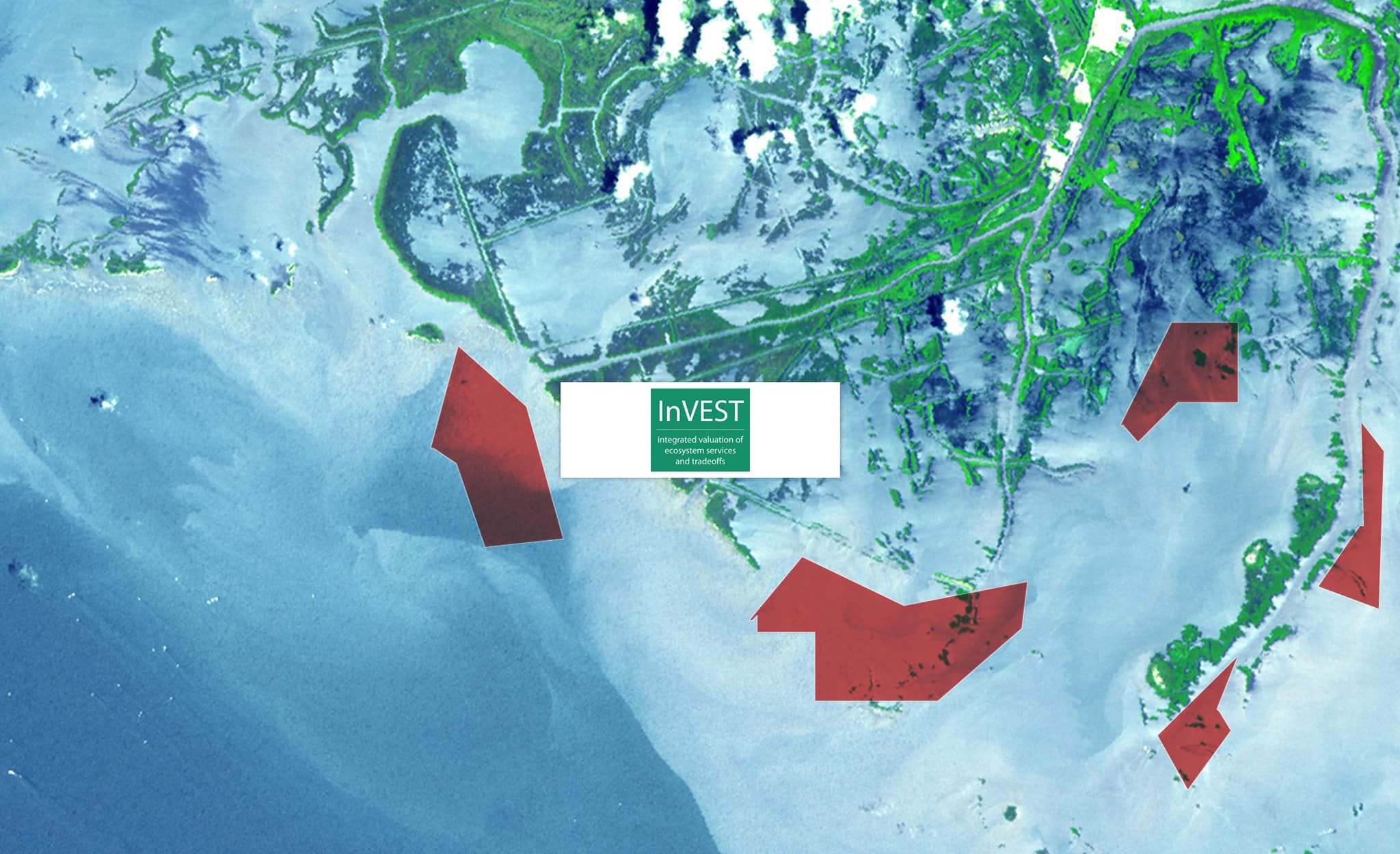Developed by: Stanford University Natural Capital Project
Launched in 2010; Updated in 2015
Why Use the Tool
Integrated Valuation of Ecosystem Services and Tradeoffs (InVEST) is free, open-source software that provides modeling and mapping support to governments, nonprofit organizations, and others interested in assessing the value of natural capital, such as trees and forests. For example, the user can assess the costs of a development project. The suite of 18 models and supporting tools also allow for exploring alternative scenarios. Some of these tools such as Mapping Ecosystem Services to Human Well-Being (MESH) and ROOT are especially recommended to use when running InVEST in order to plan different scenarios or tradeoffs.
Recommended Tool
Dave Fisher, Stanford University Natural Capital Project: davefisher@stanford.edu
Input Data Required
May require specific data, for example, GIS raster dataset of land cover or information tables in .csv format
Outputs
Maps visualizing environmental and economic trade-offs and priorities, as well as reports of ecosystem supply
Past Use Cases
Used globally, for example by researchers to quantify the changes in ecosystem services, habitat for biodiversity, and returns to landowners from land-use change in Minnesota. Read more here.
Case Study
Mapping Ecosystem Services to Improve Development Planning in Baoxing, China
Over the past three decades, China has experienced rapid economic growth and industrialization, which has brought rises in GDP, large-scale poverty alleviation and overall improvement of livelihoods and infrastructure. In the meantime, however, China’s economic growth and industrialization has also generated major negative impacts on the environment. As a result, since the 1980s, the government’s influential plans, for example, the Five-Year Plan for National Economic and Social Development and Land Use Master Plan, has started to consider critical ecosystem service areas when designating zones where development is permitted.
In 2010, the local government of Baoxing, a county in west-central Sichuan Province, used InVEST with Ecological Function Conservation Areas zoning at finer scale than previous examinations. InVEST’s sediment retention, water retention, and carbon models were used to estimate and map the annual delivery of these services. The mapping results were overlaid with a biodiversity map to identify areas suitable for development with minimum negative impacts on the environment.
The mapping analysis showed that protected areas cover the boundaries of key ecosystem services, particularly in the north of the county, but some areas with important ecosystem service supplies have development projects planned. The results eventually led to local government officials reconsidering the development projects while drafting the Baoxing Land Use Master Plan in 2010.

Source: Wang et al. “Mapping Ecosystem Function Conservation Areas to integrate ecosystem services into land use plans in Baoxing County, China” Natural Capital Project.
Additional Guidance:











